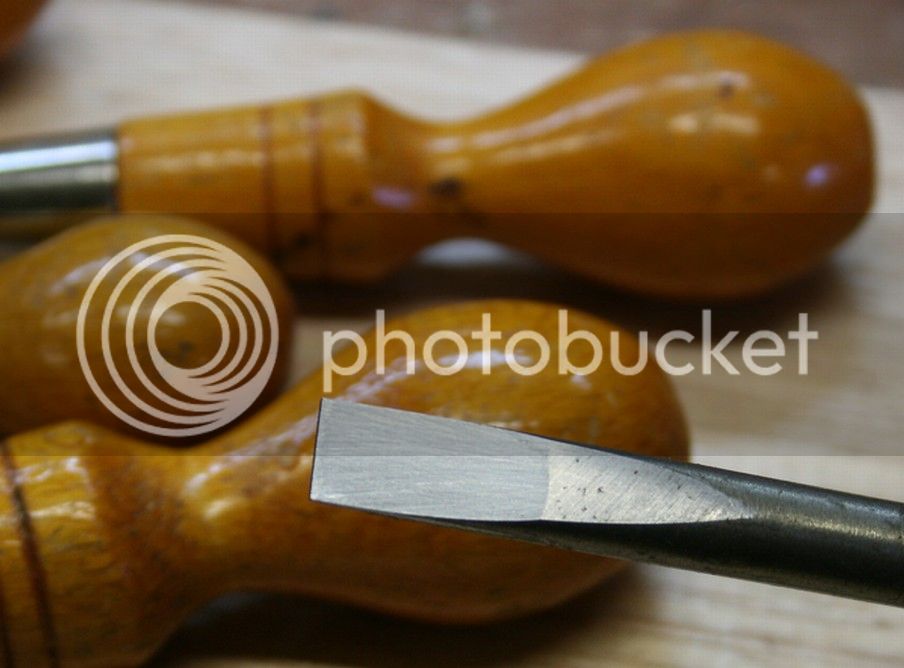D_W":15agf2yy said:It's always amusing how many people think there's much of a difference.
I had someone in my shop lately who doesn't use hand tools and who chewed me out about not setting *planes that I made* on their soles, because it was "wrong".
Must've been in fine woodworking at some point.
David, I've seen pictures of your shop, and I'm certain that once you put a plane down - regardless of the manner in which you do so - you will never see it again under the mess! :lol:
Regards from Perth
Derek
There is truth to that!!
Also, if I put one on end like the video above, there is a 100% chance that something else in my shop would hit it and knock it over, even if I was personally 4 feet away. If you have enough junk, it becomes like billiards.
(inability to organize - or lack of interest in doing it on a continuous basis - is one of the reasons I need to downsize my piles)






























